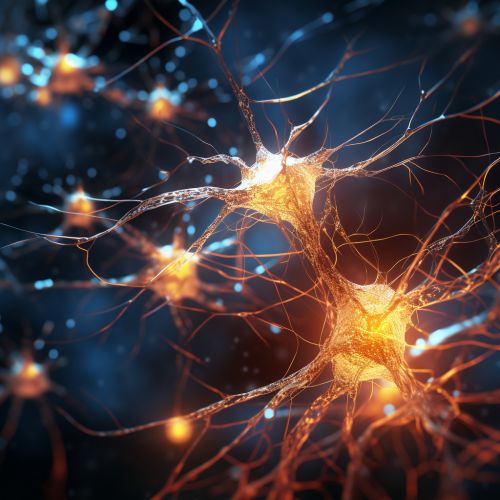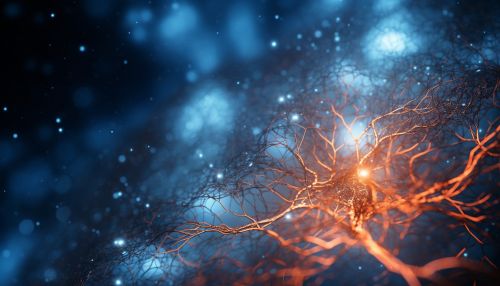Neurodegenerative disease
Overview
Neurodegenerative diseases are a heterogeneous group of disorders characterized by the progressive degeneration of the structure and function of the nervous system. They are incurable and debilitating conditions that result in progressive degeneration and / or death of nerve cells. This causes problems with movement (ataxias), or mental functioning (dementias). Dementias are responsible for the greatest burden of neurodegenerative diseases, with Alzheimer’s representing approximately 60-70% of cases.


Classification
Neurodegenerative diseases are classified according to their clinical presentation (symptoms that the patient presents) and the type of disease process that is occurring within the brain. The classification is usually based on the main underlying pathology, but also takes into account the major clinical features. The most common neurodegenerative diseases include Alzheimer's disease, Parkinson’s disease, Huntington’s disease, and Amyotrophic Lateral Sclerosis (ALS).
Causes
The causes of neurodegenerative diseases are often poorly understood, but they are thought to be a result of both genetic and environmental factors. In some cases, they can be traced back to a single gene defect, while in others, they appear to be caused by a combination of genetic susceptibility and exposure to environmental factors. Some common mechanisms behind these diseases include protein misfolding, inflammation, oxidative stress, and mitochondrial dysfunction.
Pathophysiology
The pathophysiology of neurodegenerative diseases is a complex and multifaceted process. It involves a number of different mechanisms that contribute to neuronal death, including oxidative stress, mitochondrial dysfunction, inflammation, and protein misfolding. These mechanisms are not mutually exclusive and often coexist and interact in the same disease. For example, in Alzheimer's disease, the accumulation of misfolded proteins triggers an inflammatory response, which in turn exacerbates oxidative stress and mitochondrial dysfunction.
Diagnosis
The diagnosis of neurodegenerative diseases is typically based on the patient's history, physical examination, and the results of certain diagnostic tests. These may include neuroimaging tests, such as magnetic resonance imaging (MRI) or positron emission tomography (PET), as well as laboratory tests to rule out other conditions. In some cases, a definitive diagnosis can only be made through a neuropathological examination after death.
Treatment
There is currently no cure for neurodegenerative diseases, and treatment is primarily focused on managing symptoms and slowing disease progression. This may involve the use of medications, physical therapy, occupational therapy, and other supportive treatments. In some cases, surgical interventions such as deep brain stimulation may be considered.
Research
Research into neurodegenerative diseases is a rapidly evolving field, with new insights into the underlying mechanisms of these diseases leading to the development of novel therapeutic strategies. These include approaches aimed at modulating protein misfolding, reducing inflammation, enhancing mitochondrial function, and promoting neuronal survival.
